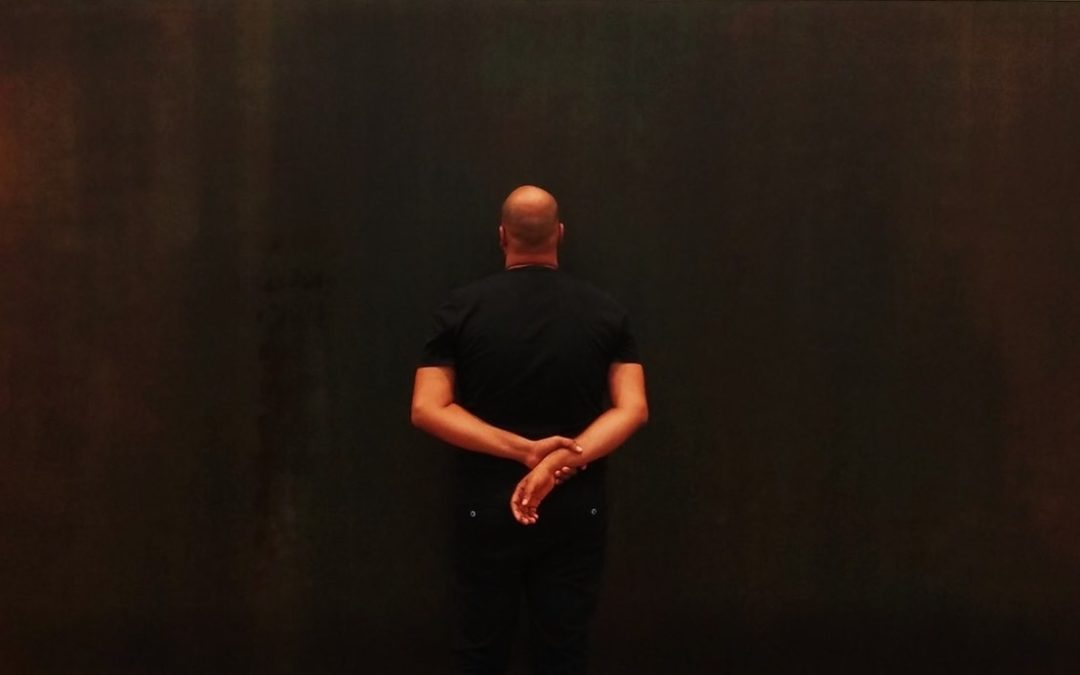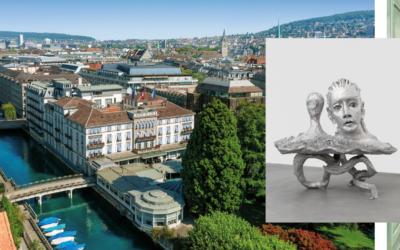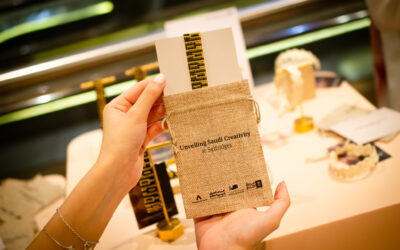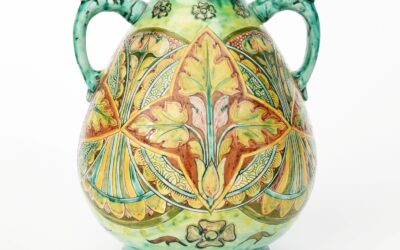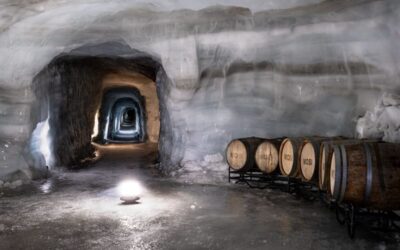Rahul Inamdar is a self-taught artist and has been practicing art since 2007 even though he is a Mechanical Engineer by educational qualification. During his ten years with corporate India, he realized that he wanted to pursue work that was not to a brief or oriented to a customer, but that which resonated innately with him and that would be in a form of an endless exploration – that’s when he began painting. In 2013 he quit the corporate world to be at his studio full time.
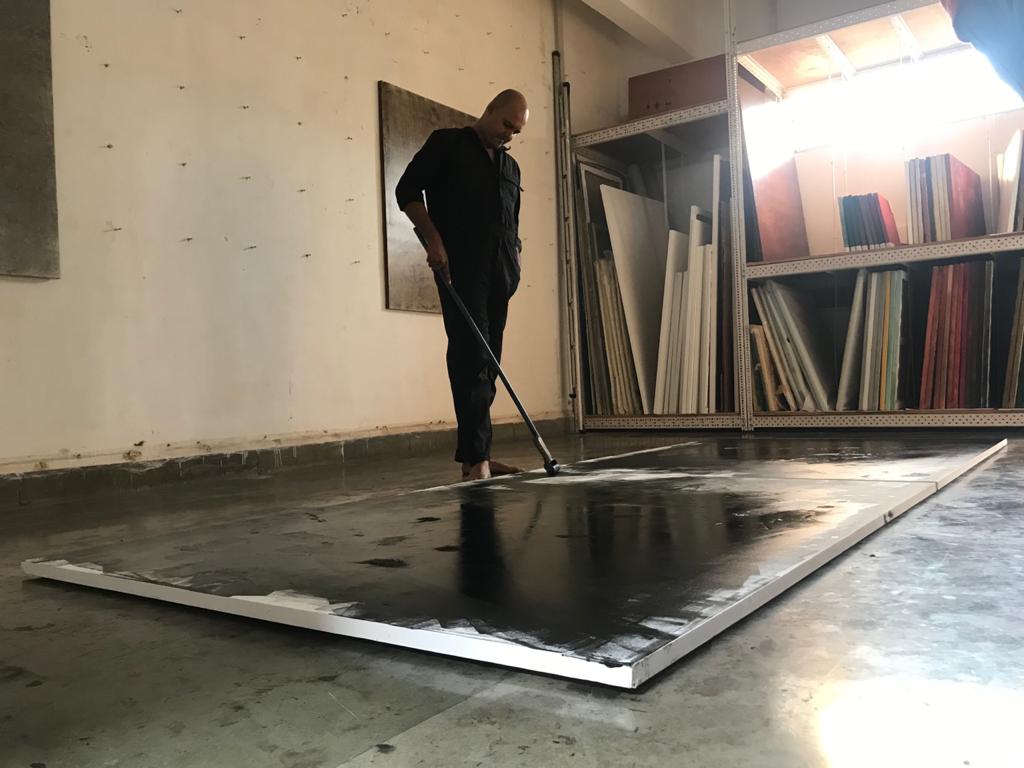
What’s integral to the work of an artist?
Broadly there are two types of artists. One who respond to what’s happening around them through their work. The second type, whose work is to move inwards on the path of self-inquiry. Whichever type the artist is, he/she always has a compass that’s invariably pointed inwards. The inward pointed compass keeps the artist’s work free and absolutely honest – one that moves the viewer.
What role does the artist have in society?
There is a certain un compromised purity to an artist’s work – which is hard to find in most of the jobs people do. By creating work of that kind of purity, an artist’s life and work is a reminder of human potential, of what life can be.
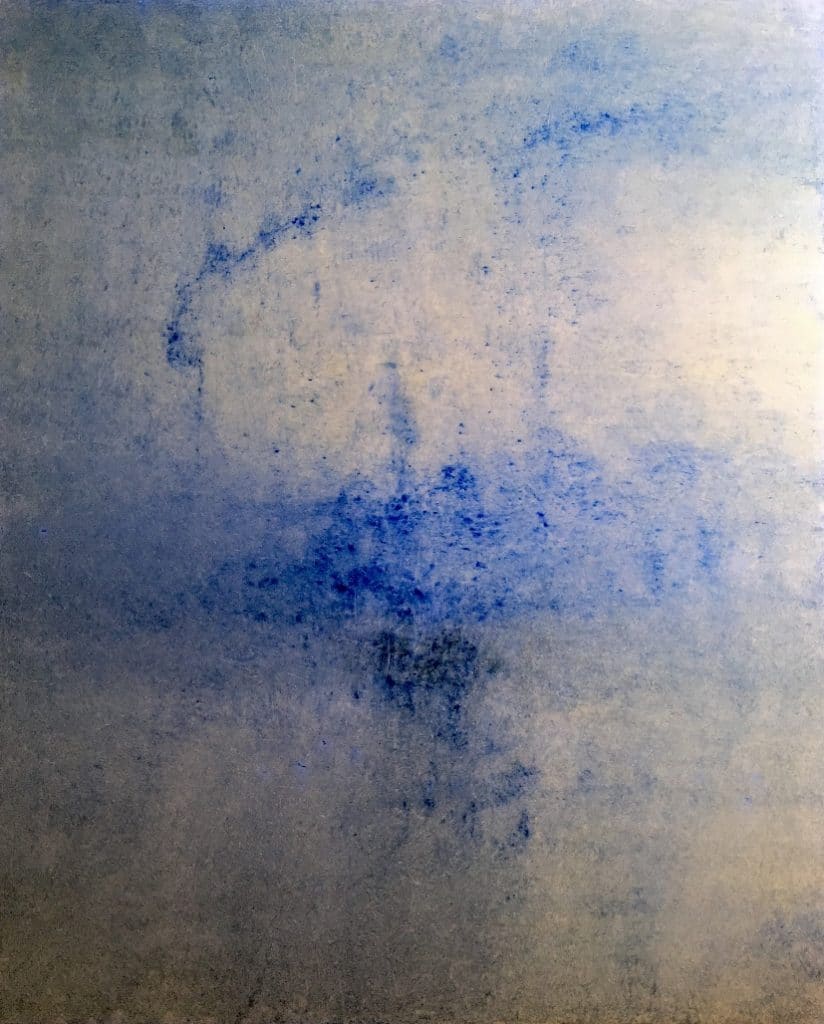
What art do you most identify with?
I identify with work that moves me – work I respond to, subconsciously. It could be The Salk Institute, La Jolla by Louis Kahn, Nasreen Mohamedi’s subtle paper works, Yo-yo Ma’s Bach Cello Suites, Darwin’s theory of evolution, Jiro’s philosophy of making Sushi or the divine works at Rothko Chapel.
If I were to underline a theme that runs through these works, it would be : Each of the work is independent in itself and independent of it’s creator. Each work leaves one hungry to see it in more depths, but it’s complete in itself. The work doesn’t have any duality in it – the oneness in it is evident. And may be as a result, the work is alive.
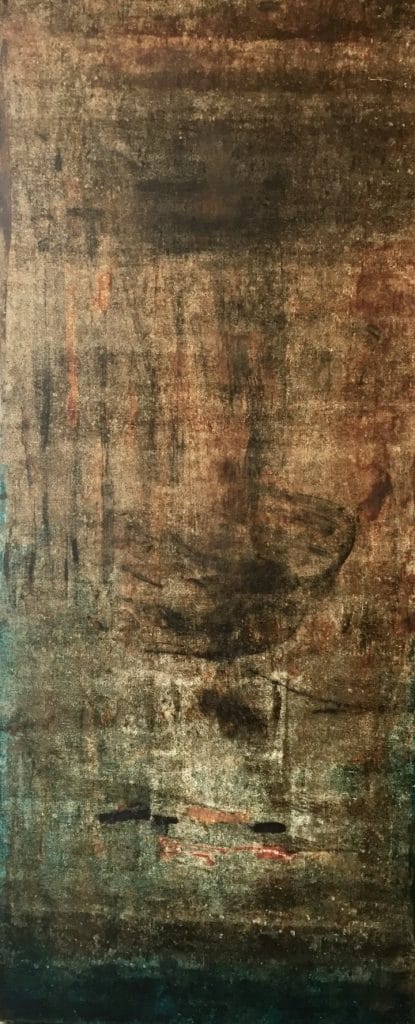
What themes do you pursue?
My work has been taking place in waves, not in themes. In each wave there could be between 2-30 works, lasting up to a year. Each wave is preceded by an abstract question that I like to explore and understand for myself – example being space, love, oneness, subtlety, duality, freedom, surrender.
The exploration begins with a wide-range consumption of nourishing stimuli, across fields– sciences to architecture, to art, music, poetry, philosophy, centred around the question. After months of study, I move to making the works – which I believe, have no connection to the particular question. Role of the question purely stays as an opening to an area of understanding.
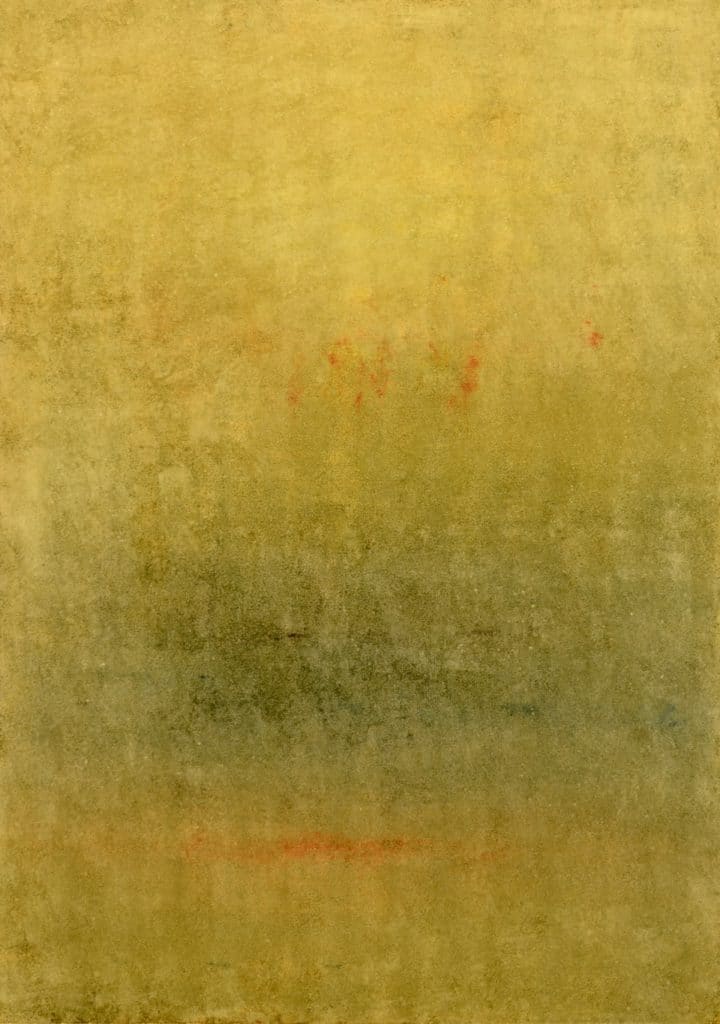
What’s your favourite art work?
I am typically detached from a work once it’s made. I do find w13-1, a 78”x60” oil and pigment on linen work, particularly intriguing and engaging. There is a certain simplicity, subtlety and freedom to it.
Describe a real-life situation that inspired you?
Last year in October I went to Dubai for an art show, followed by 14 days of quarantine. A long continuous time when I was alone with mind absorbing and reflecting one of the works – to be precise, the subtlety in it. The idea that followed was to involve the canvas in the process in a more active manner leading to a substantial shift in the process and work – it became simpler as well as more ‘one’.
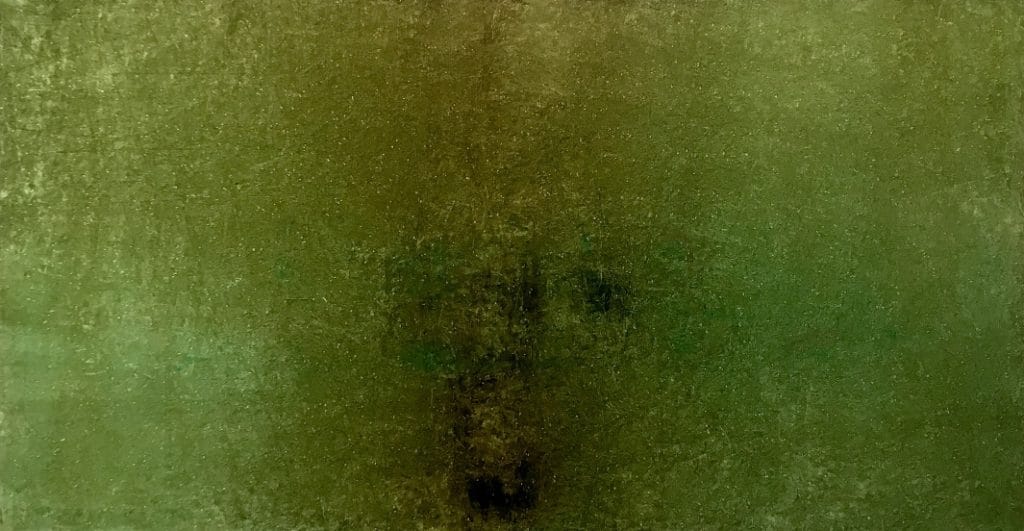
What jobs have you done other than being an artist?
I have worked as a brand manager on few brands. The last position I held in 2013 was as the Head of Innovation of a listed FMCG company.
Why art?
I began making art in 2007 in order to find something purer than my work. Art involved no brief, no barriers, no rules – one just needed to be sensitive to the medium and curious in one’s enquiry. That’s how I began to discover that the level of prowess comes with a deep technical understanding. But thankfully I got introduced to the grammar after falling in love with the language – maybe that’s why it survived as my source of nourishment, my calling.
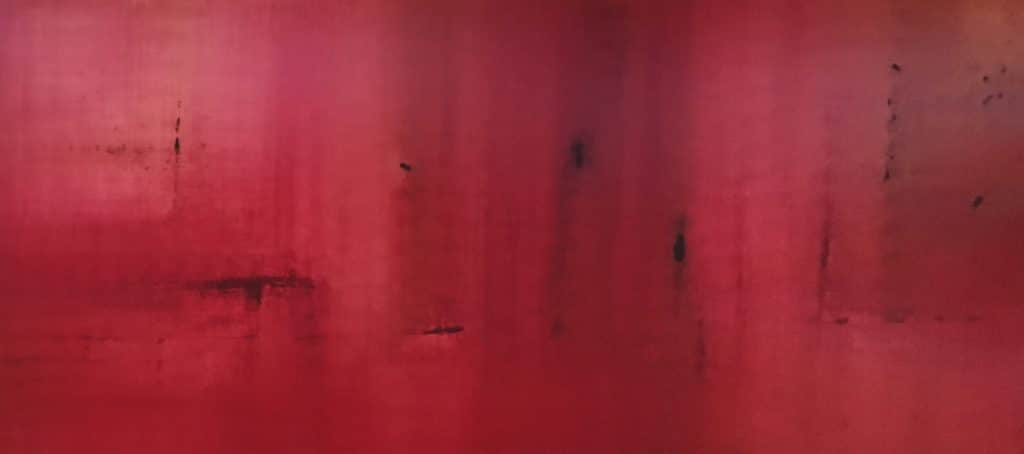
What is an artistic outlook on life?
In life, simplicity peels away the layers of complexity – it brings us to purer understanding of the world and honest assessment of our role in it. It clarifies the meaning of life as a journey, making it a process that ends with us. True freedom is not in throwing away shackles, but in being completely in the moment, in sync with oneself.
What memorable responses have you had to your work?
When the artwork moves the viewer, it’s a personal response that the viewer has with the artwork, independent of what an artist may have. One of the moments I remember was in New York at a fair, when a viewer had tears running down her cheeks. She looked at me and to my surprise asked, “Rahul, why am I crying?”. A piece of work that completely bypasses one’s conscious processing and makes one respond to it emotionally. It was overwhelming.
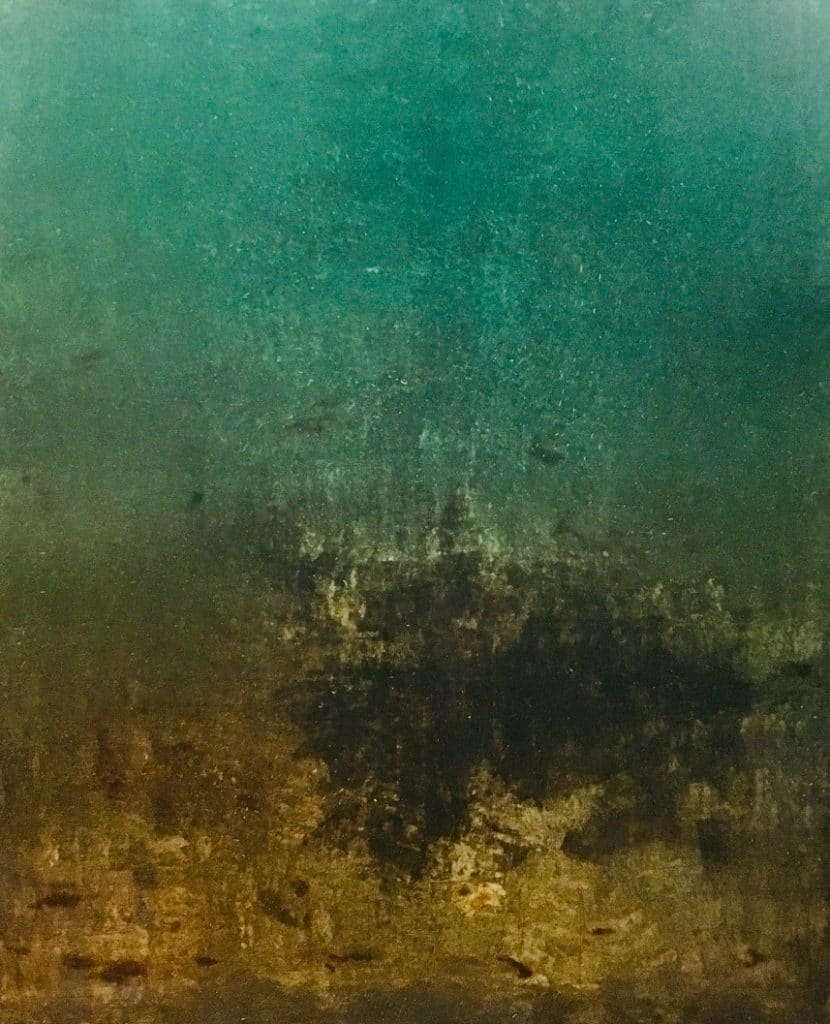
Is the artistic life lonely? What do you do to counteract it?
Artistic life is decisively alone, and that’s because updating others on the explorations is just not possible. Lot of areas an artist explores require silence and are in the domain of feel, not of know. Words fail to hold the feelings in their truth; in fact, they instantly take the truth away from the feelings.
I actually think aloneness is a gift and thoroughly enjoy it. I stay disconnected as much as possible by not having any notifications or social apps on the phone, only intermittently logging on. Taking the love for aloneness one step further, I practice forgetting. I am able to consciously forget most things so as to be in the now.
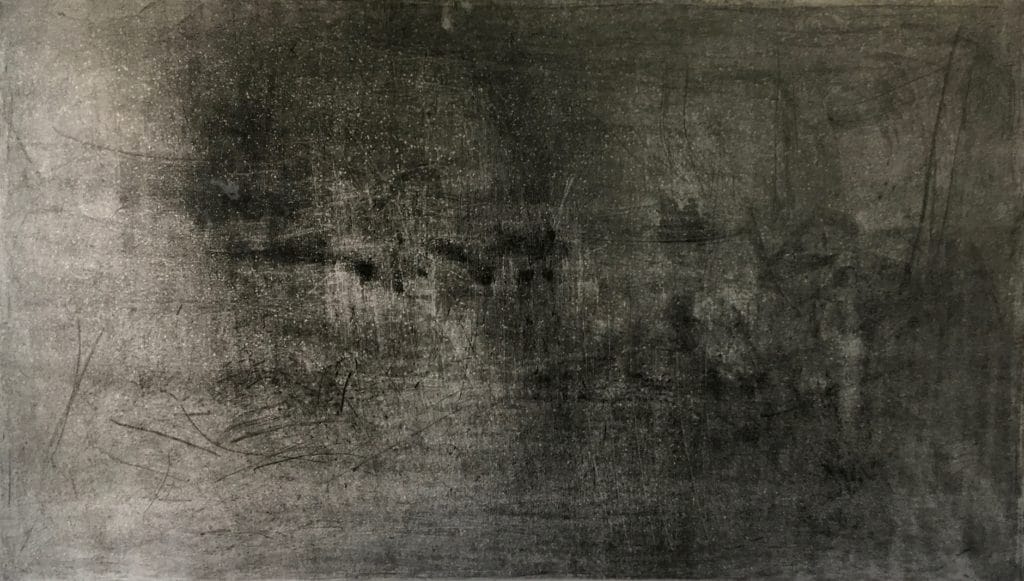
What do you dislike about the art world?
Look at nature and it’s evolution. Outcomes of laws of physics qualified by the survival of the fittest run over millions of cycles of times has produced such fascinating results.
In comparison, what are we artists doing? We aren’t thinking between works. We aren’t surrendering ourselves. We are getting limited by our egos, money, fame, shows, branding, styles – how many are producing work that will be last beyond their lifespan?
I am not saying we aren’t trying. We are trying too hard – we are becoming too craft oriented or too forced by need to say something. We need to flow, we need to be.
One of Teresa Margolles work, where she re-creates the helplessness and death floating in the ambience of her industrial hometown around women abductions using the low frequency hum shuddering the shop glass panels with faded ‘missing’ posters is a great example of how one can get the narrative to hit harder by saying lesser.
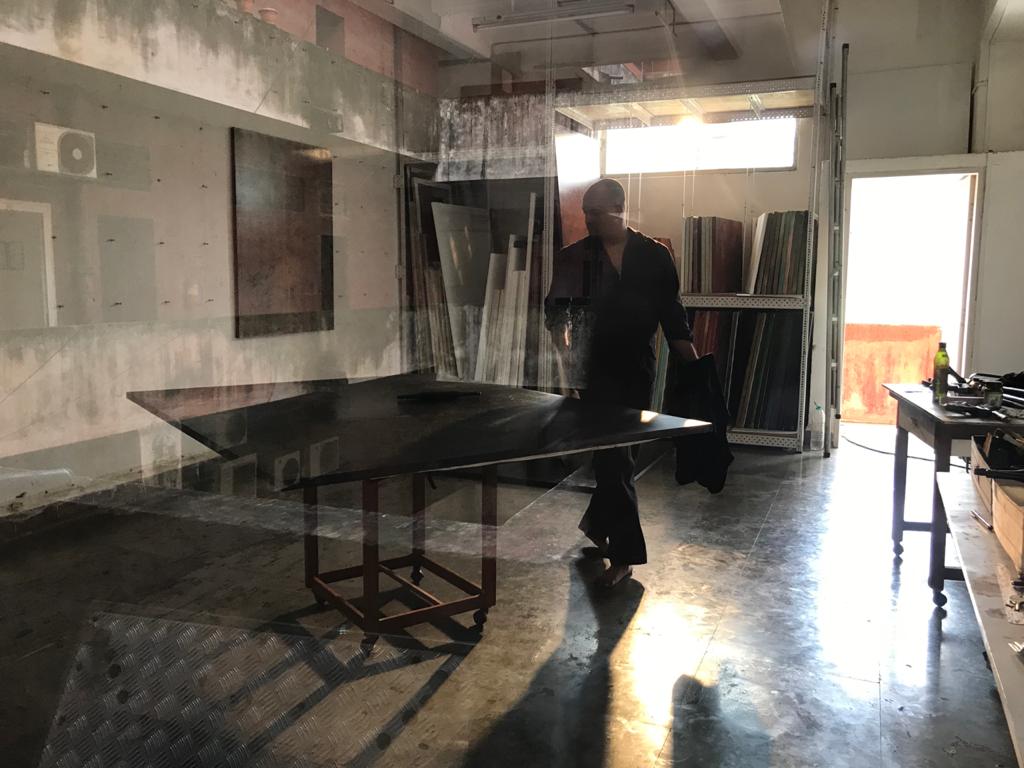
What do you dislike about your work?
All the beautiful works that fail to move me – has been discarded – that’s the only editing the works are subjected to. So there is nothing that I dislike. I don’t identify with many of my past works, but I guess, it’s the growing up that happens.
What do you like about your work?
I have a thought process – that isn’t stuck in a form, is self-evolving to last me my lifetime, to save me from stagnation, and allow me to be honest. Works are by the way.
Should art be funded?
At a point in time in my life (long time back) I did think that the pretty pictures on the walls were art. Then I happened to be standing the oval room at Musee L’Orangerie surrounded by Monet’s Waterlilies – and felt the waves and waves of goose-bumps, only to realise that art can truly move a viewer.
I don’t think money drives quality, though lack of funds limits space, experimentation, exposure, learning. With availability of funds, for the right talent especially at the right time, art could shift.
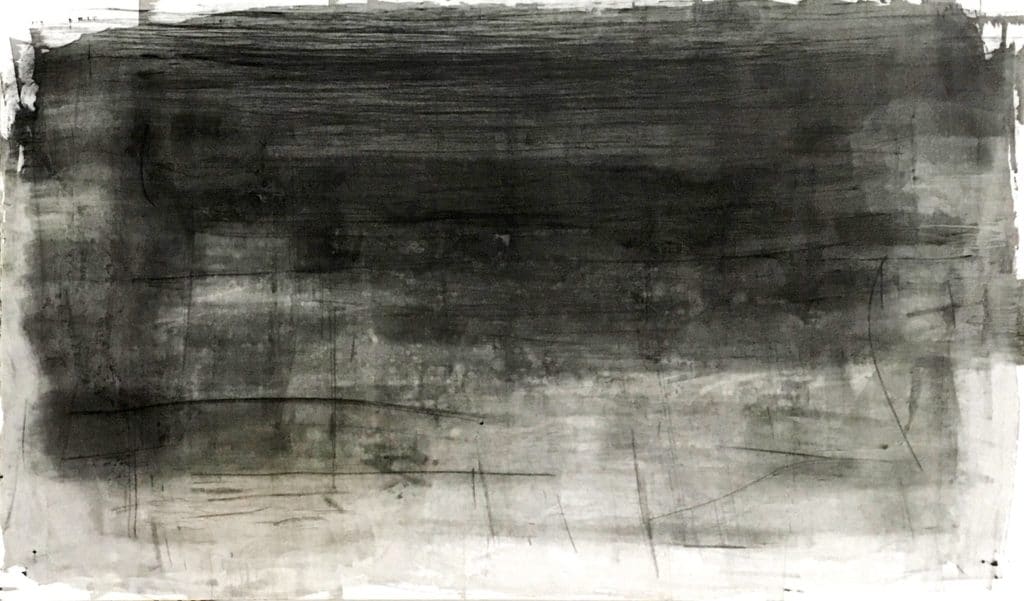
What role does art funding have?
Ideal way to fund art would be like MacArthur Fellowship – unofficially known as the ‘Genius Grant’, is a prize awarded annually to between 20 and 30 individuals, working in any field, who have shown ‘extraordinary originality and dedication in their creative pursuits and a marked capacity for self-direction’. It is not a reward for past accomplishment, but rather an investment in a person’s originality, insight, and potential. Qualify sharply, give the money and believe. Let the artist use it the way s/he feels right.
What is your dream project?
I see myself moving towards more architectural, spatial, experiential works. They are still some distance away.
Name three artists you’d like to be compared to.
Comparison with anyone is not possible, as everyone operates on different planes. I revere the way Louis Kahn creates timelessness out of space, Darwin essentializes evolution in three equations post years of observations or the way Rothko shifts gears in his ultimate chapel works from all the colour field works. I would like to make work at that level.
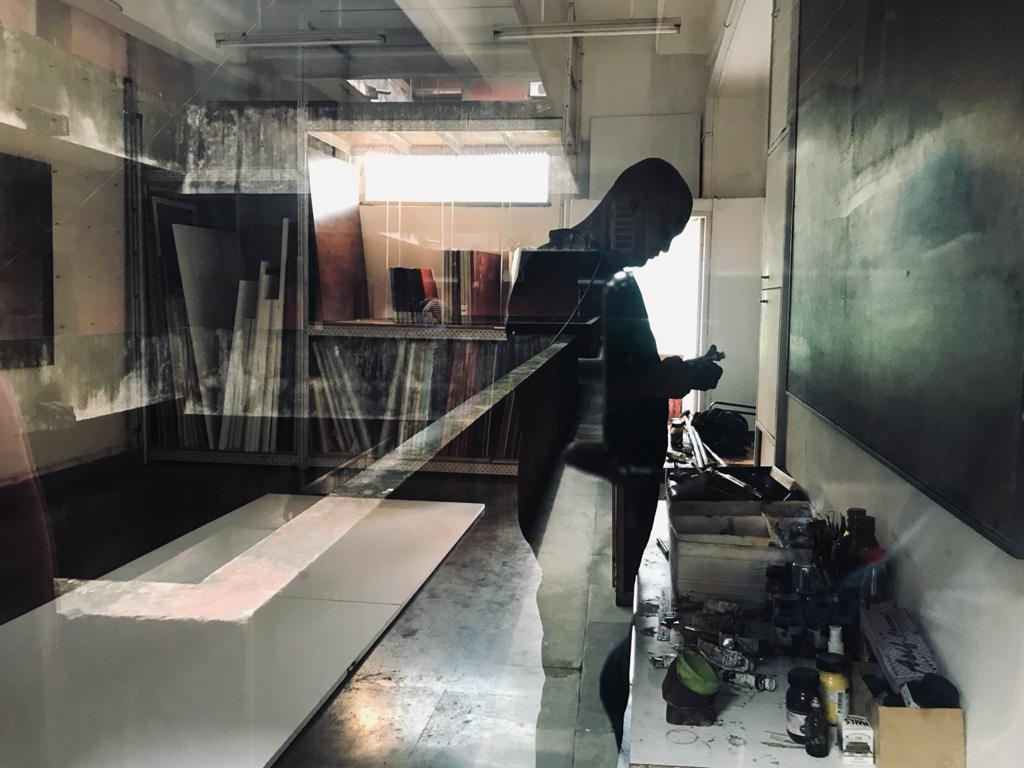
Favourite or most inspirational place?
My studio in Mumbai : when one is at work, with time and place completely forgotten.
What’s the best piece of advice you’ve been given?
I found it in Bhagwad Gita, Fountainhead and Zen teachings. It’s called ‘Do.’
Professionally, what’s your goal?
I would like to reduce myself from the work I make, assuming the role of an instrument, allowing the work to happen with as least interference as possible.
Future plans?
No plans or goals. I just want to be working till the last day of my life.


